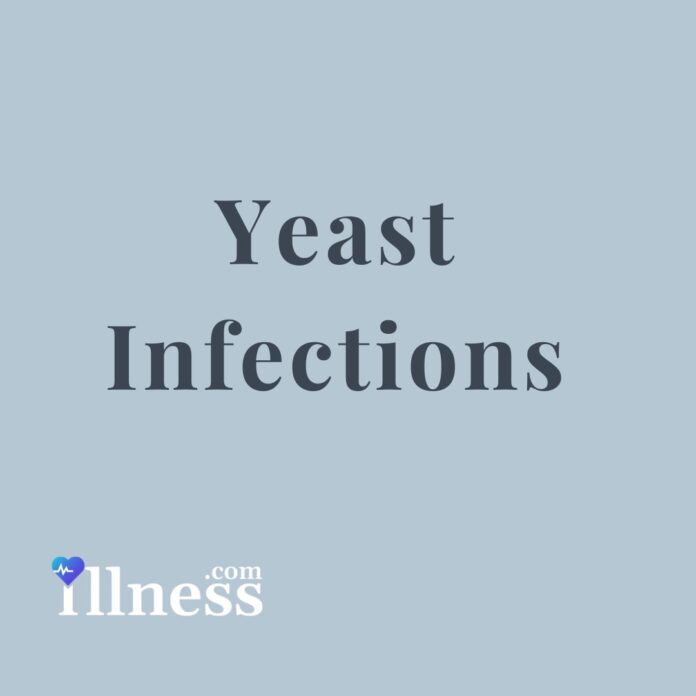Overview Of Yeast Infections
Candidiasis, also known as moniliasis, is the scientific name for yeast infections. These infections can be cause by any type of candida. The fungus lives almost everywhere, including inside your body. As a matter of fact, it is often found in small amounts in the vagina, mouth, digestive tract, and skin.
The immune system generally keeps candida under control without any infections or symptoms. However, the fungus can multiply under certain conditions. Yeast infections occur when there is an overgrowth of the candida fungus. The infections are typically most common if you are sick or taking antibiotics.
Yeast infections affect different parts of the body in various ways:
- Thrush causes white patches on the inside of your mouth.
- Candida esophagitis is thrush that spreads to your esophagus, which is the tube that takes food from your mouth to your stomach. Candida esophagitis can make it either hard or painful to swallow.
- Women are capable of getting vaginal yeast infections, causing vaginitis.
- Fungus growth on the skin results in itching and rashes.
- An excess of Candida in the bloodstream can be life-threatening.
Your medical provider may take a culture to confirm your diagnosis. During a culture test, the cells in your sample will be put in a special environment in a lab to encourage cell growth. Results are often available within a few days, but some yeast infections grow slowly. These cases may take several weeks to get results.
In most people, antifungal medicines will get rid of yeast infections. Medicine is available in the form of creams, ointments, vaginal tablets or suppositories, and oral tablets. Treatment may be significantly more difficult if you have a weak immune system.
Commonly Associated With
Candidiasis, Moniliasis



